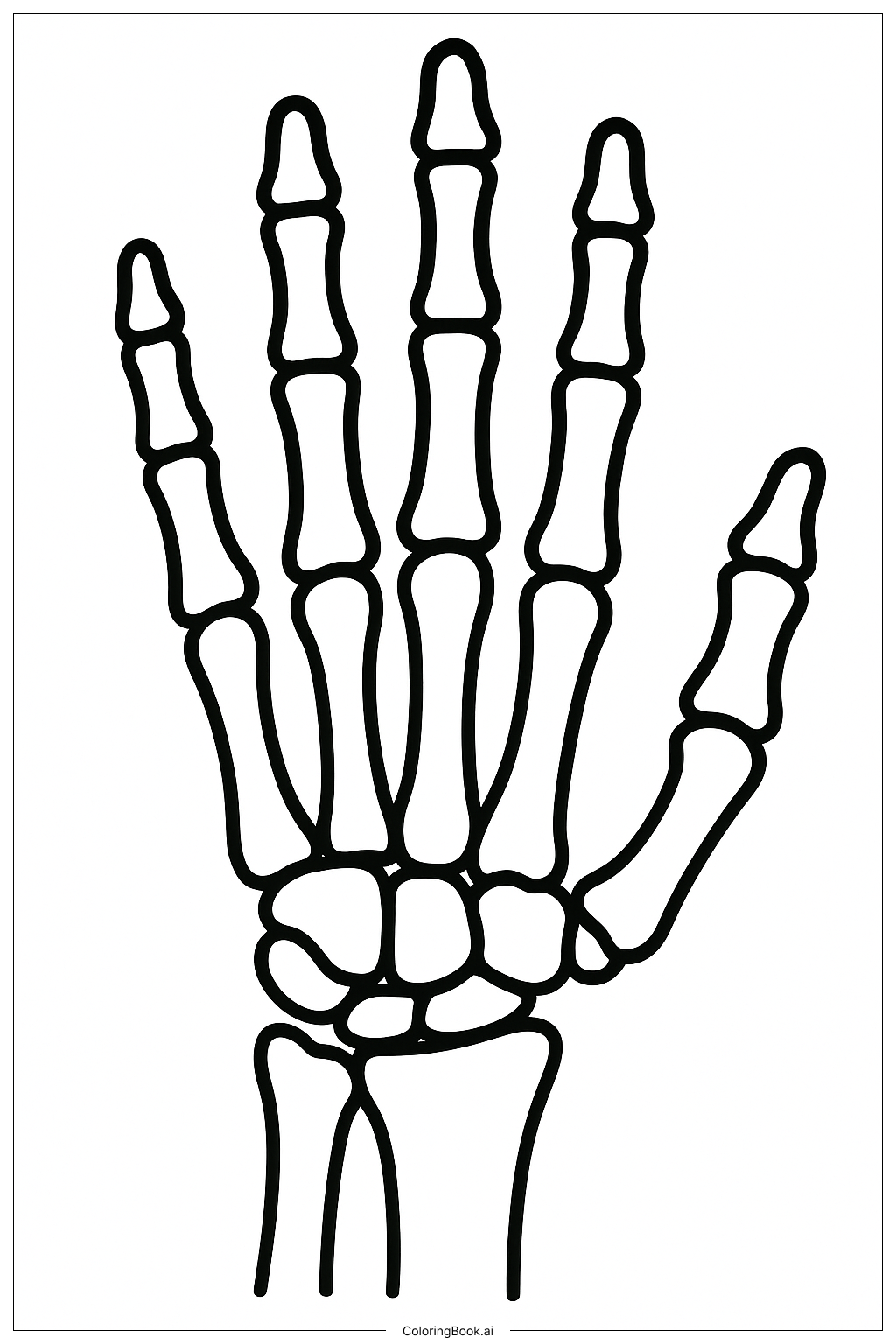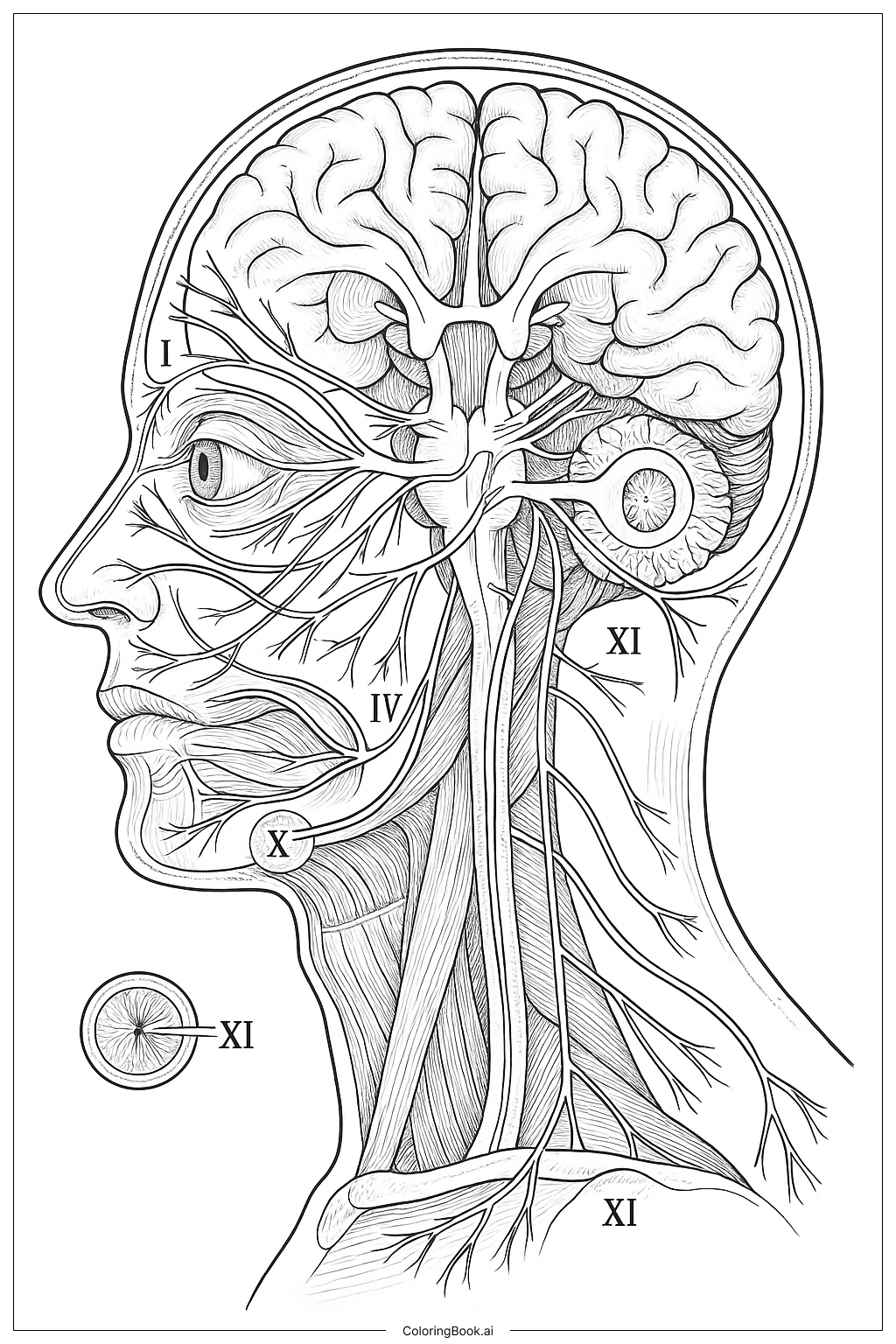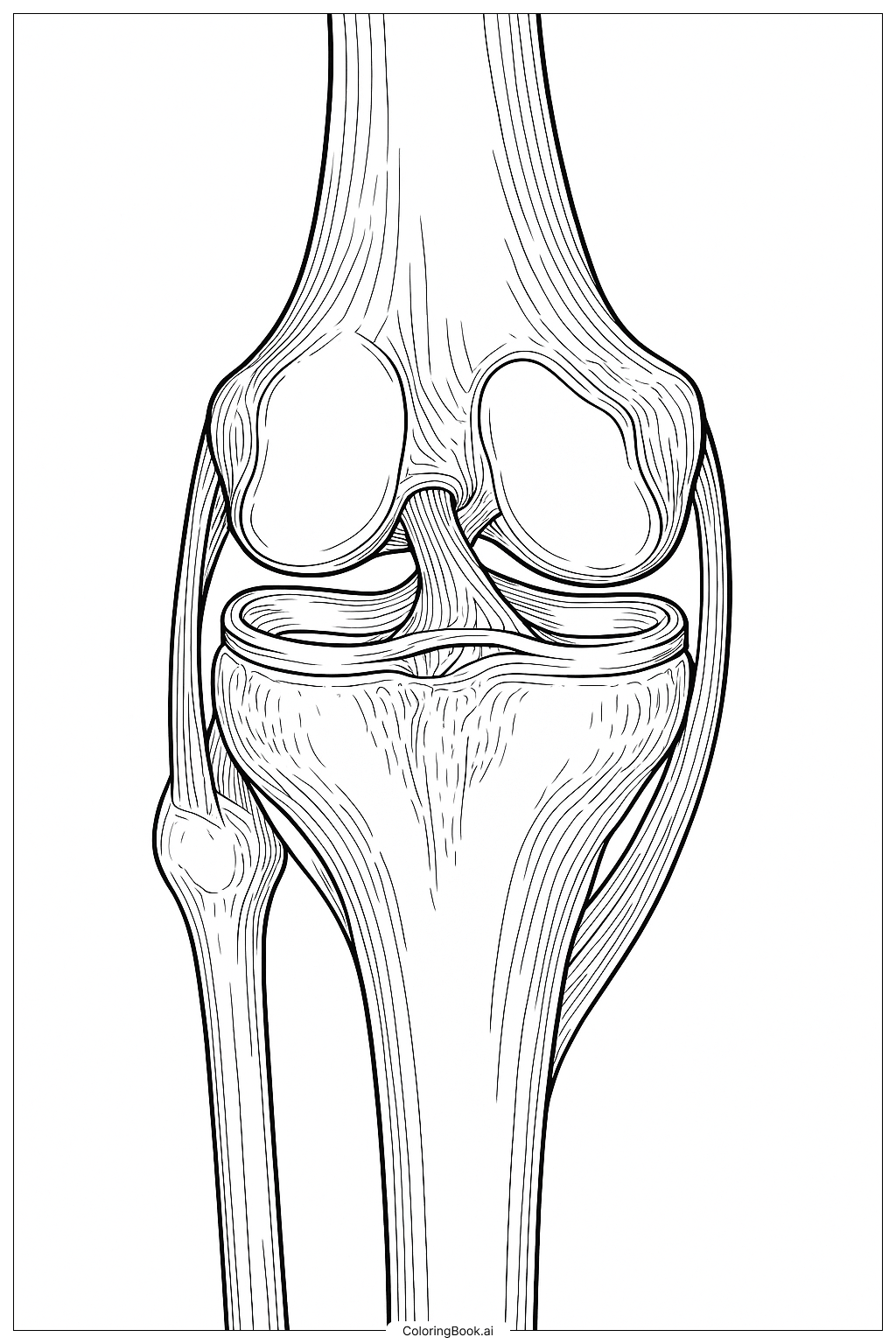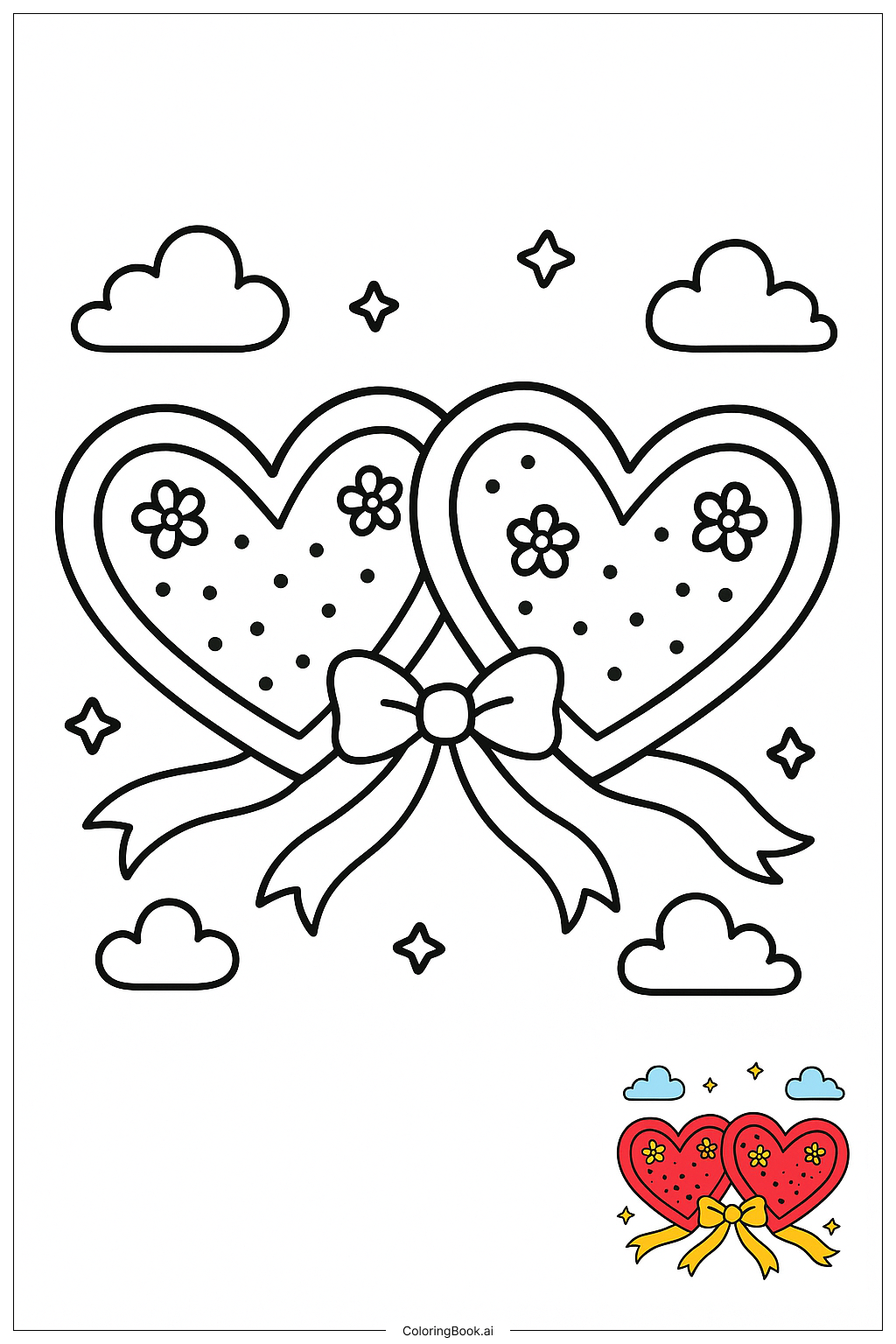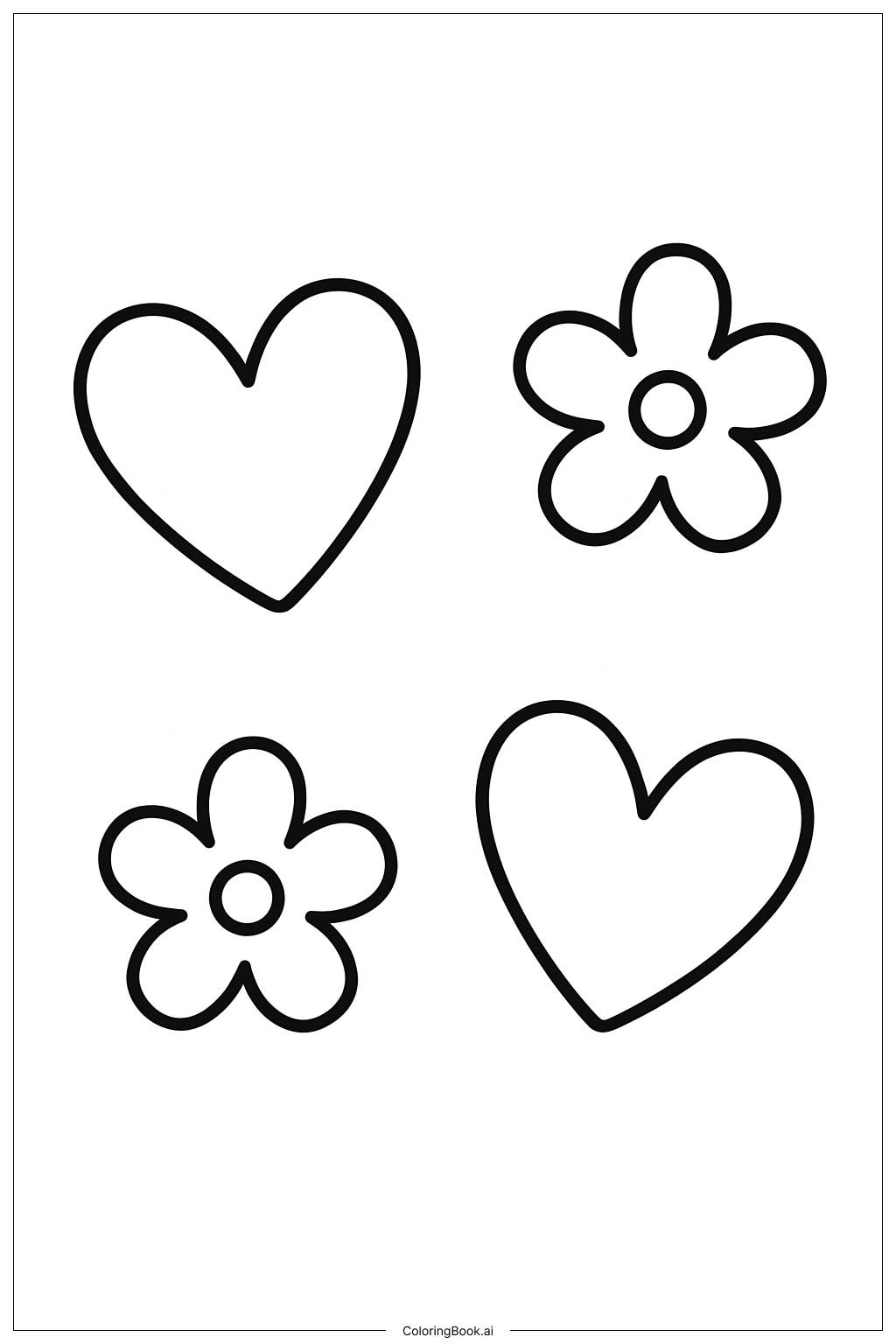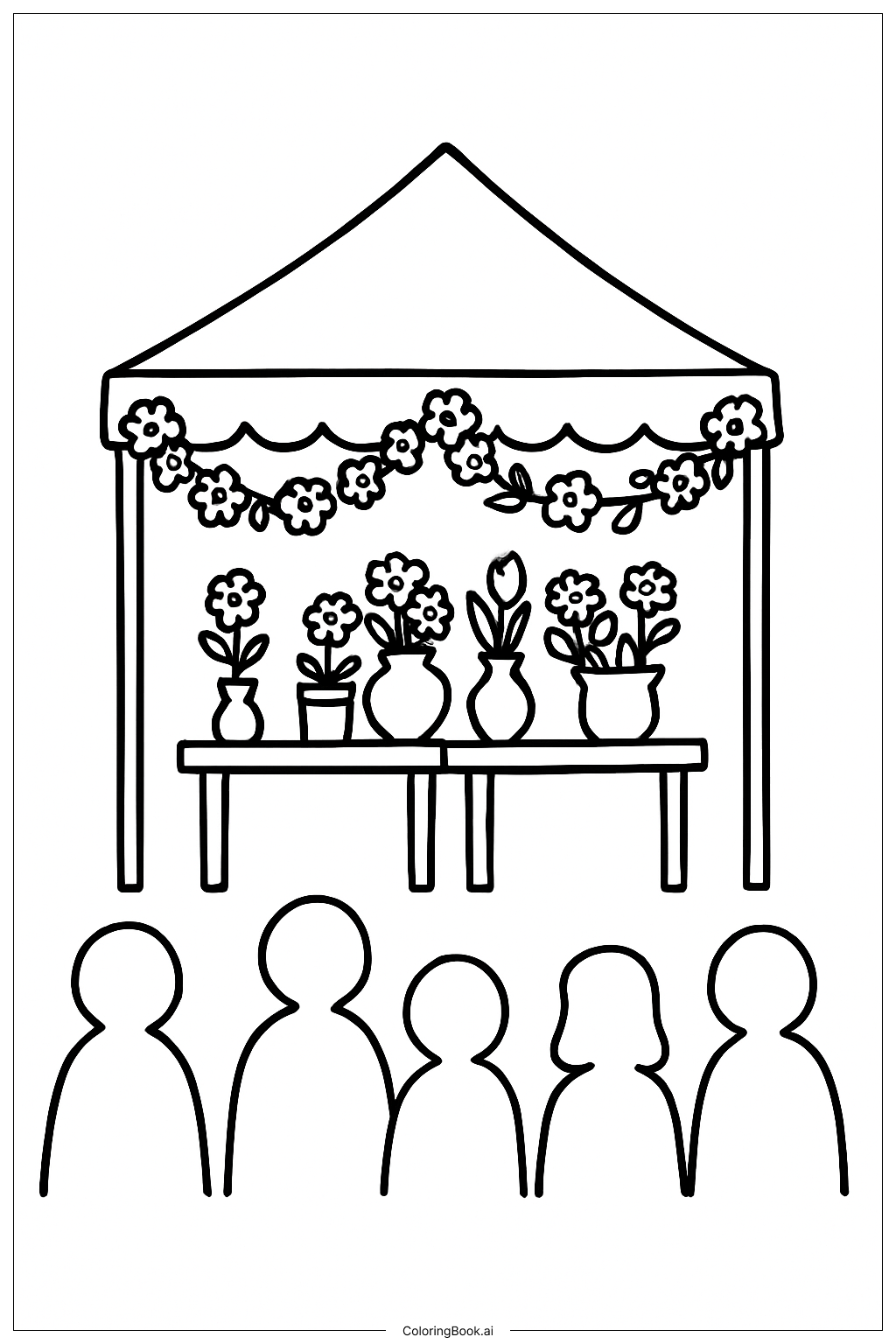Coloring tips: How to color Basic Hand Bones Anatomy coloring page well?
When coloring this hand bones page, try to use light colors for the bones such as beige, light gray, or soft white to keep it looking natural. You can color each bone a slightly different shade to help tell them apart. Use darker colors to carefully color the gaps around the bones, like the space between fingers. Take your time to stay inside the lines to make the bones clear and neat. Using colored pencils or fine markers can give you better control and make it easier to color small spaces. You may also want to add some shading to make the bones look more 3D and realistic.
Coloring challenges: Which parts are difficult to color and need attention for Basic Hand Bones Anatomy coloring page?
1. Many small and narrow bones make it hard to color without going outside the lines.
2. The close spaces between bones require careful attention and steady hand to color neatly.
3. Different shapes and sizes of bones may confuse young children on how to color each part.
4. Keeping the colors light but still visible can be tricky while coloring overlapping bones.
5. Adding realistic shading needs patience and some practice to do well.
Benefits of coloring books: Advantages of drawing Basic Hand Bones Anatomy coloring page
Coloring this hand bone page helps children learn about human anatomy in a fun way. It improves focus as they work carefully on small and detailed spaces. Coloring each bone differently can help them recognize parts of the hand and how bones connect. It also develops fine motor skills and hand-eye coordination. Overall, it combines creativity with learning and makes studying science exciting.
